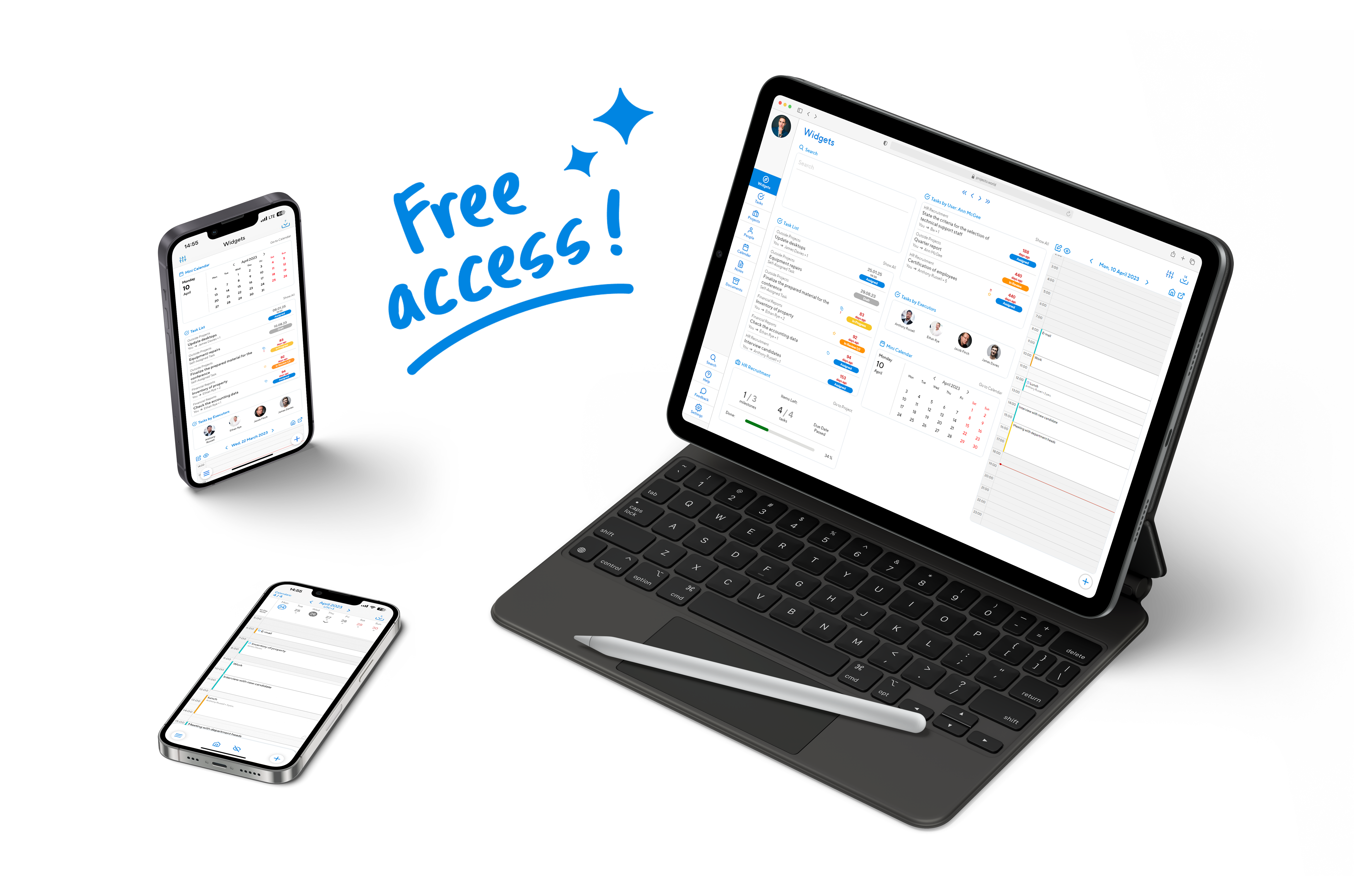The concept of sprint came from sports, but it so happens to be most actively used in programming under the umbrella of Agile planning.
The original source of this term can be safely called the Scrum methodology. However, it is fair to note that the word «scrum» itself is also borrowed from sports, specifically rugby.
The Scrum methodology actively adheres to the principles of the Agile manifesto.
So, to avoid confusion, let’s first answer the questions: «how?», «what?», and «what does sport have to do with it?»
Who is who (concepts and definitions)
As it happens, all the latest trends and any other mainstreams in the software development industry always come from the West, specifically from the USA. That is just how it is.
In the early days of the industry, the largest developers went deep into the documentation process and reached the stage of micromanagement. Micromanagement tightly restricts initiative and freedom of action. Everything, even the smallest operations, is regulated.
In contrast to this approach, agile development methodologies began to appear in the 1990s. They were designed for implementation in small but no less efficient teams.
SCRUM methodology is one of them. It has been around since 1994.
The word «SCRUM» refers to the scrummage in rugby after any stop in play, for example, after a foul. They are used to restart the ball, i.e., to start a new cycle of the game.
The SCRUM methodology is paced just like that: the team gathers for a meeting, plans the sprint together (the scope of work is usually set by agreement) and starts its realization. At the end of the sprint, the customer is shown the work product and the features that were implemented during the sprint.
Agile is a general set of 12 principles that characterizes many agile methodologies. The manifesto was first published in 2001.
And finally, we will talk about sprint, which is a short-distance race. The term suits best to describe the project work cycle in SCRUM methodology. Such «runs» (and somewhere it is quite possible to replace it with «raids») are typically made fixed — from one week to a month, depending on which cycle is more convenient for synchronization with customer cycles.
All these agile methodologies are closely related to high speed of response to input tasks and the ability to quickly provide a working product or its features. Just like in sports: «Faster, higher, stronger.»
About sprint planning
Sprint planning is an important event that precedes the start of the next sprint in Scrum cycles. Planning is done in a regular meeting called Sprint Planning Meeting.
During the Sprint Planning Meeting, you need to determine:
- the amount of work for the sprint cycle for each of the team members
- ways to accomplish the tasks
- required resources
The entire Scrum team is present at the event, and other participants, such as representatives of the customer or third-party specialists for consultations may also be invited.
The meeting is led by a Scrum Master (the most authoritative and responsible member of the team, a servant leader, if we refer to the methodology). He is responsible for making sure that the meeting event takes place and that the meeting’s goals are clear to all participants.
Usually, there are only two items on the agenda for the sprint planning meeting: what and how?
In the first part («What?») the goals and tasks from the backlog are discussed that need to be realized within the new sprint. Since there are no clear leaders in the Scrum methodology, the whole team takes part in the discussion, so that everyone can understand what they are required to do. Participants can clarify details they are interested in and estimate the scope of work themselves based on their own experience.
In the second part («How?»), the methods of achieving tasks that are ready parts of the product, also known as «increments», are discussed. And if representatives of the customer may participate in the first part of the meeting, only the scrum team takes part in the discussion of methods.
The sprint planning meeting ends only when all team members understand what and how they need to do within the sprint.
The official methodology recommends adhering to the following criterion for timing of meetings – no more than 2 hours for each week of the sprint. For month-long sprints, planning meetings should not exceed 8 hours.
Regardless of the project management methodology, you will need an effective tool for planning, communication and progress tracking. Projecto is ideally suited for it.
Our task management service runs in the cloud and easily adapts to any methodology. Try it for free!
